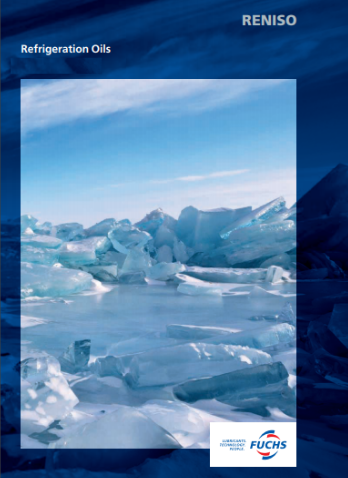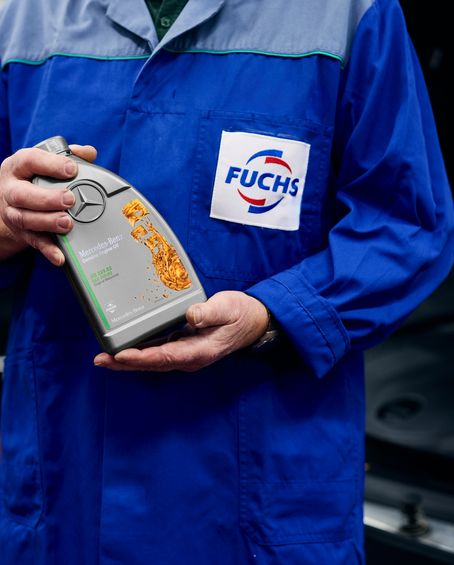Refrigeration Oils - Better cooling with lower environmental impact
Gone are the days when we had to salt our food or cover it with ice blocks to make it keep longer. Nowadays, we take it for granted that we can keep food cold in the fridge at home or in the supermarket and keep ourselves cool on hot days at work or in the car. The principal function of a refrigeration oil is to adequately lubricate all moving parts in the refrigerant compressor. Depending on the type of compressor, heat must also be dissipated, and compression chambers and valves have to be sealed.
The principle for conveying heat
Systems for cooling are based on the principle that when a liquid evaporates, heat is absorbed in the process. In a refrigerator, for example, a refrigerant circulates in a closed circuit comprising an evaporator, a compressor and a condenser.
Refrigerant is used in machines that cool things, such as fridges, freezers and air-conditioning systems, and also in machines that heat things, such as heat pumps. The refrigerant switches between a gaseous and liquid state. For the liquid to evaporate heat is needed, and the heat needed is absorbed from the air inside the fridge. This reduces the temperature inside the fridge.
Refrigeration oils play an important role in the area of lubricants and lubrication technology. The expected long life of refrigerant compressors largely depends on the quality of the used refrigeration oil. Apart from favourable solubility characteristics with the refrigerant, good low-temperature flowability, high thermal stability, good ageing resistance and high chemical stability in the presence of refrigerant are additional important parameters.
The compressor type, the efficiency of the oil separator, the design of the refrigeration system, the operating parameters, the refrigeration oil selection etc. are responsible for varying amounts of oil present in the refrigerant circuit. Oil content in the system usually can reach ranges from 1 to 5% and in special cases also higher values. To ensure reliable oil circulation and to ensure that the oil returns from the “cold” part of the circuit, refrigeration oils with satisfactory miscibility in the corresponding refrigerant are used.
The environmental impact of refrigerants
The refrigerants used today are usually fluorine based, i.e. fluorinated gases or F-gases. If these F-gases escape into the atmosphere, they contribute to the greenhouse effect in the same way as carbon dioxide emissions. The big difference is that many of these F-gases are far stronger greenhouse gases than carbon dioxide. An emission of 1 kg of R404A refrigerant is equivalent to 3,922 kg in carbon dioxide emissions.
New Refrigerants Equal New Lubricants
In the cooling circuit, the refrigerant and lubricant come into contact with each other in a homogeneous mix. The mixing of these is tremendously important to the function of, say, a refrigeration installation. The refrigerant cools, while the oil lubricates and protects against wear.
The right type of lubricant is required to ensure correct functioning, and as installations switch to lower-GWP refrigerants, the lubricant must also work with the refrigerant. Natural refrigerants like CO2 and ammonia both require an optimised refrigeration oil.
To find the correct recommendation for a product:
- Find out what refrigerant is used in the system.
- It is also worth finding out the brand of compressor, model and type, as well as any recommendations regarding refrigeration oil.
- Also information about what refrigeration oil is currently in the system.
- It is also important to know whether the oil has to be approved for use with food.
- In addition, you may also need to look at the temperature and pressure in the system to find the correct product. The refrigeration engineer can generally check technical data in graphs for our oils to find out what works best.
NSF H1 = Approved for use with food, and may be used where the oil could inadvertently come into contact with food.
NSF H2 = May be used in the food industry but may not come into contact with food.
NH3 = Ammonia as a refrigerant (also trading name R 717).
CO2 = Carbon dioxide as a refrigerant (also trading name R 744).
Use our product finder to help you find the right refrigeration oil for industrial systems.https://www.fuchs.com/za/en/brands/l-r/reniso/



